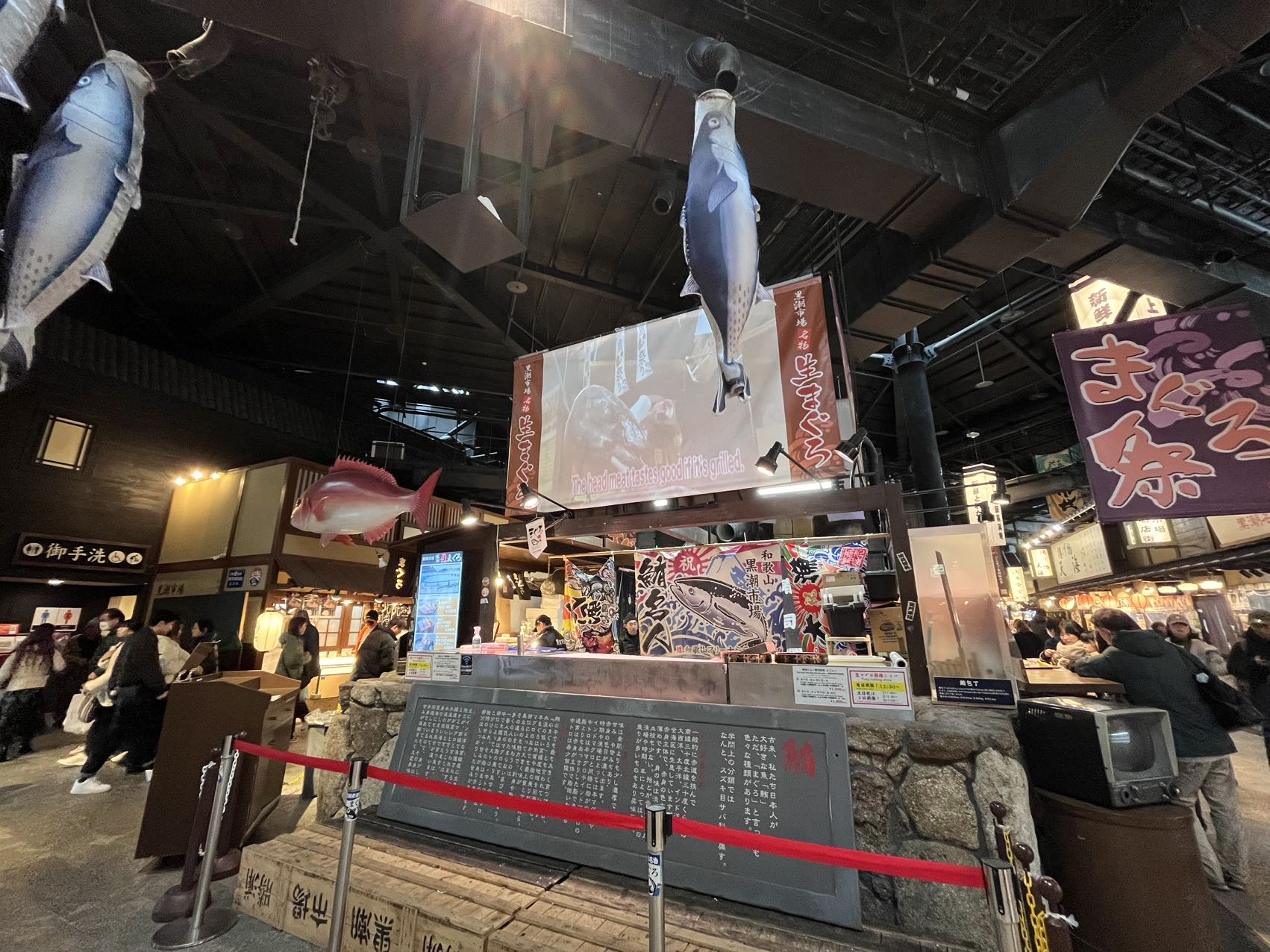10 Nights 11 Days Kansai tour reference itinerary.
Day1 Arrive Japan🛬
Day2 Gotemba premium outlet
Gotemba premium outlet: The huge shopping mall for about nine Tokyo Dome in Gotenba-shi, Shizuoka. Cosmetics, the domestic and foreign brand shops including life miscellaneous goods are prepared from a fascio brand. Furthermore, a gourmet is fulfilling, too. I can taste Izu and a local gourmet of Hakone.

Day3 Shizuka→Strawberry picking→Toba ferry
Strawberry picking: Kuno stone-wall-cultured strawberry is a Japanese noted product. As from February to March are seasons of the strawberry, he/she experiences Japanese strawberry picking.
Towards Irago, Toba by ferry.
Arrivet at the hotel of Toba. You can enjoy dinner while looking at the sea at a hotel.


Day4 Mikimoto Pearl Island→Ise Grand Shrine→Nachi
Mikimoto Pearl Island: It is “the theme park of the pearl” which overflowed in the charm of the pearl. The contents that “the Kokichi Mikimoto Memorial” can experience only here including “the demonstration of the woman diver” that wrapped the body in arrival at traditional white beach to approach in the person image based on science and history, a habitual use product of “pearl Museum” and Kokichi Mikimoto introducing a pearl from a multidirectional viewpoint including the culture and many episodes are full.
Ise Grand Shrine: Ise Grand Shrine is located in Ise-shi, Mie and is the most important Shinto shrine dedicated to the Sun-Goddess of Japan. They consist of two main main shrines of Naiku and Geku, and Naiku enshrines in Sun-Goddess, Geku. “Year of anniversary removal of a shrine” to rebuild a main shrine newly every 20 years is carried out, and Ise Grand Shrine is proud of long history and tradition. It is a mental symbol, and the worship is assumed an important event with a special meaning for a Japanese.
The street which spreads straight out to the monkey Tabiko Shrine area in front of Uji Bridge of Ise Grand Shrine Naiku is “Oharaimachi“. A bystreet called “Okage-yokocho” spreads in the middle of Oharaimachi. There are a lot of shops to get the heart of people in Oharaimachi, Okage-yokocho, and not to separate.
The street is lined with many souvenir shops, restaurants and merchant’s families and can enjoy a town walk after the worship. In addition, there are the landmark architectures such as major shrine dojo studio, and a nostalgic atmosphere like Ise is fully clogged up.
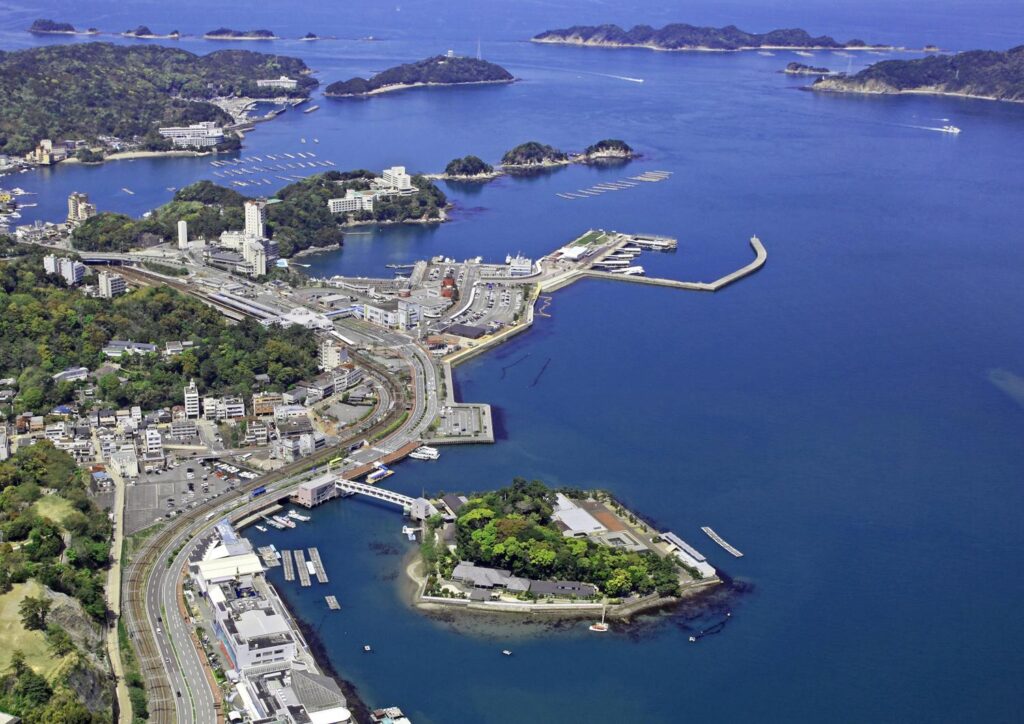


Day5 Nachi Fall→Hashikui-iwa Rock→Enzukijima→Shirahama
A waterfall of Nachi: The waterfall of Nachi located at the south end of best drop Kii Peninsula in Japan is proud of the best drop in Japan. I can thoroughly enjoy beautiful nature and a solemn atmosphere.
The strangely shaped rocks of big things and small things more than 40 formed a line about 850m straight and were named “Hashikui-iwa Rock” because they resembled the stake of the bridge. Magma got into the mudstone layer about 15 million years ago, and Hashikui-iwa Rock got cold and hardened. A soft part was sharpened later by the erosion of the sea, and a hard part was left. It was the unique form that I spent long time, and the stakes of the current bridge formed a line. Hashikui-iwa Rock belongs to Yoshino-Kumano National Park, and it is appointed to the natural beauty spot natural monument of the country.
When you enter the cave 36 meters underground by elevator about 24 seconds from the ground, you will encounter the dynamic scenery of nature, the mystery of a thousand years, and the romance of history. In the cave sits one of the largest bronze shrines in Japan, and in the passage inside the cave, which is about 200 meters long, there is a guard hut reproduced based on materials, and you can appreciate the realistic cave where the waves crash and change.
100 sunsets in Wakayama Prefecture “Enzukijima“. That is a tourist spot that represents Shirahama Town in Wakayama Prefecture, which is known as a town of hot springs and pandas. It is a small island 130 meters from north to south and 35 meters from east to west floating in Rinkaiura, and is a famous place designated as a national scenic spot along with Senjo-shiki and three-tiered walls.



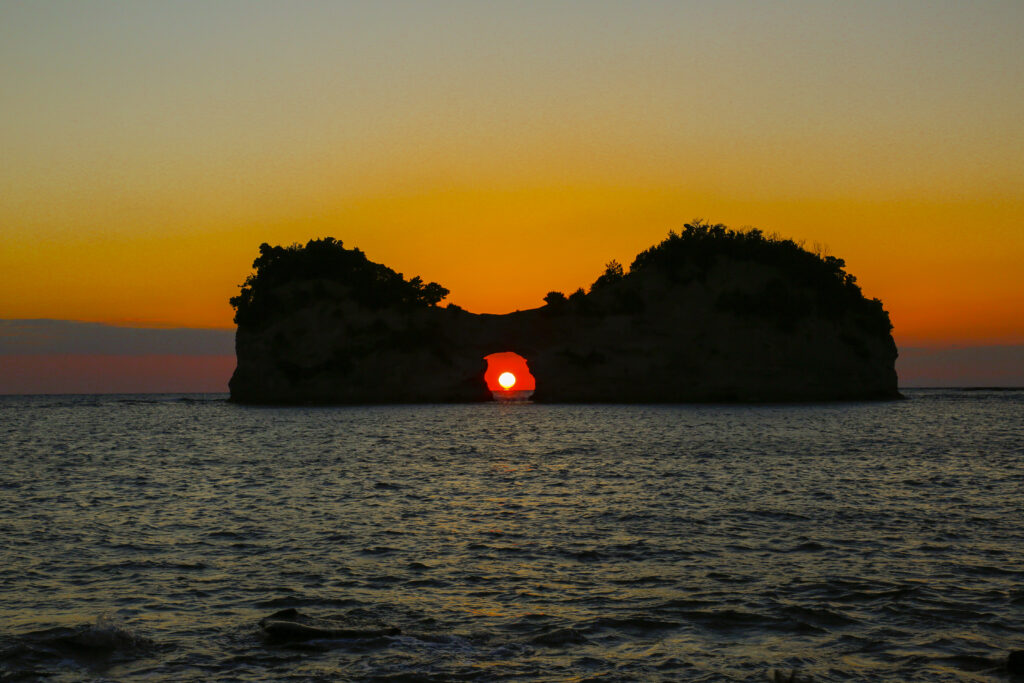
Day6 Yuasa soy sauce→Kuroshio Market→Shinsaibashi & Dotonbori
Yuasa soy sauce: As for the soy sauce said to that was born in a manufacturing process of the Kinzanji-miso transmitted in the Kamakura era, the Kishu feudal clan is utmost; is under the protection; and feudal clan outside sales network is expansion. It prospered as representative industry of Yuasa so that it was said that the soy sauce shop of 92 was open in the culture year (1804-1818). Soy sauce brewing culture was authorized to an inheritance of Japan.
Kuroshio Market: You can see the “Tuna Cutting Show” held daily. Freshly cut tuna sashimi and sushi are available.
You can stroll around Shinsaibashi and Dotonbori at night. Experience the nightlife of Osaka.
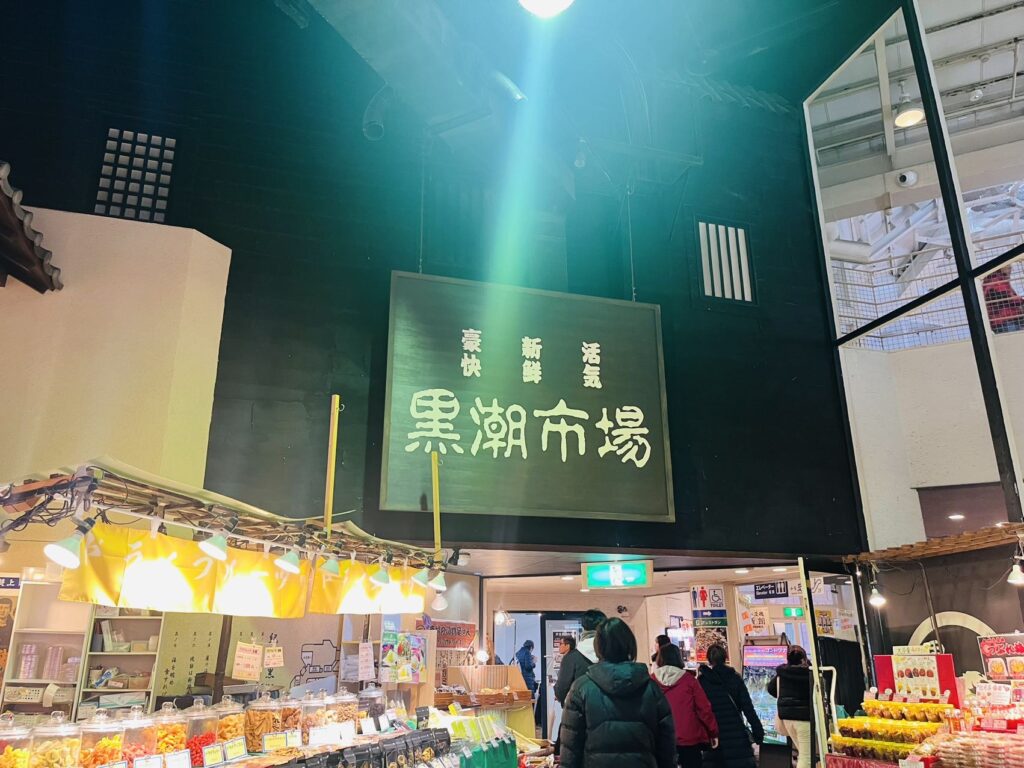



Day7 Osaka Castle→Nara→Kyoto
Osaka Castle : This historical castle in Osaka City was built by Toyotomi Hideyoshi at the end of the 16th century. The beautiful keep was rebuilt, and the interior is open to the public as a museum. The surrounding park is filled with cherry trees, making it a magnificent cherry blossom viewing spot in spring. Osaka Castle is also the site of many historical events and festivals that attract many tourists. It is a symbolic sightseeing spot in Osaka that combines history and nature.
Todaiji Temple: Built in the 8th century during the Nara period, it has the largest bronze Buddha in Japan at its center. This Big Buddha is known as the “Great Buddha of Nara” and is about 15 meters high. The Great Buddha Hall (the building where the Great Buddha is enshrined) is located on the grounds of Todaiji Temple and welcomes visitors with an overwhelming presence.
Nara Park: The deer of Nara are affectionately known as the “Nara deer” and are loved by tourists and locals alike. Deer live in the vicinity of tourist destinations, and a special experience awaits visitors. Nara Park is home to more than 1,200 deer, which roam freely in the park. These deer are considered a national natural monument based on traditions from the Nara period.
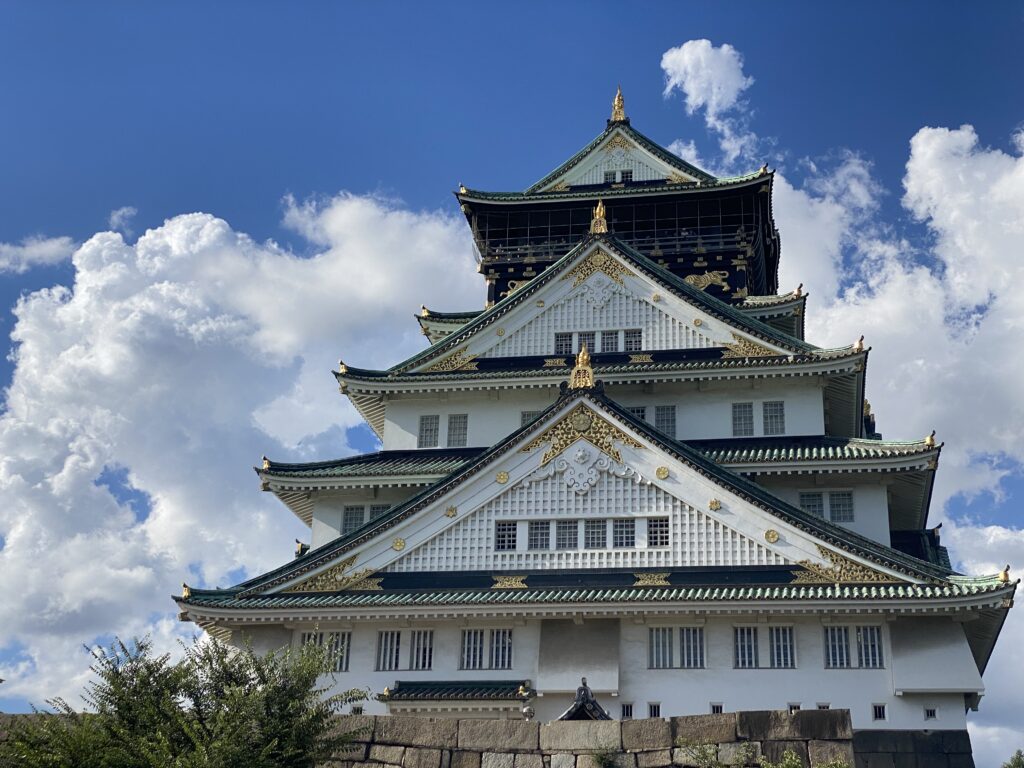



Day8 Kyoto city tour
Fushimi Inari Taisha: A shrine located in Fushimi Ward, Kyoto City, famous for its thousands of torii gates. The most distinctive feature of Fushimi Inari Taisha is the seemingly endless rows of thousands of torii gates. These gates are built as a sign of gratitude for the offerings made to the guardian deities (fox statues), adorning the shrine grounds as they ascend the mountain path.
Arashiyama’s Togetsu Bridge: It is one of the representative landscapes of Arashiyama, and the cherry blossom trees are beautiful during the cherry blossom season, and the wonderful scenery spreads out during the autumn foliage season. After crossing the bridge, there is a road that leads to the sights and sightseeing spots of Arashiyama.
Kinkakuji Temple: It was registered as a UNESCO World Heritage Site in 1994 as a “Cultural Property of Kyoto”. It is also designated as a National Treasure of Japan.
Kiyomizu-dera: The most famous feature is the “Kiyomizu Stage”. A huge wooden stage about 13 meters high and 10 meters wide juts out onto the slope of the mountain with beautiful scenery in all four seasons. From this stage, you can overlook the city of Kyoto and the surrounding nature.


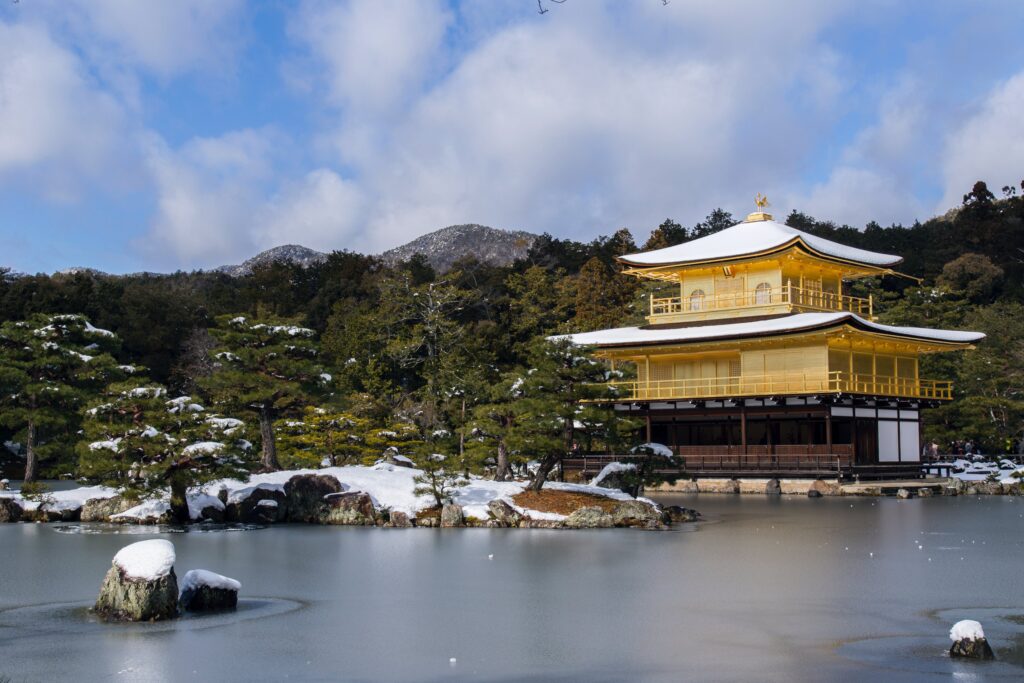

Day9 Nishiki Market→Nagashima Resort
Kyoto Nishiki Market Shopping Street It is said to have been opened in the Tensho year (about 400 years ago), and flourished as a fish wholesaler “Nishikinoten” in the Edo period. Currently, there are more than 130 shops lined up about 400 meters from east to west from Teramachi on Nishikikoji Street to Takakura, and as a Kyoto kitchen “Nishiki” that mainly stocks everything from fresh fish, fresh foods, processed foods, and ingredients for Kyoto cuisine, it is popular with customers not only in Kyoto City but also in distant places, as well as for commercial use such as restaurants and inns.
Inabe Plum Forest Park: March is the season of the “Plum Festival”, so the pink plum blossoms of various shades looking down from the observatory are truly spectacular.
Nagashima Resort, located in Kuwana City, is one of Japan’s leading resort complexes, including Nagashima Spa Land, Jumbo Seawater Pool, Nabana no Sato, Jazz Dream Nagashima, and Nagoya Anpanman Children’s Museum & Park. When you step into the resort, you can hear the lively music and the cheers and laughter of the visitors. What you see is colorful attractions, shop windows, and illuminations on flowers. Speaking of the winter tradition of the popular facility “Nabana no Sato” along with Nagashima Spa Land, the illumination boasts nationwide name recognition and popularity. The illumination of the main venue, which changes every year, is one of the largest in the country and you will be overwhelmed by the beauty of the art of twinkling lights. In addition, there are many other highlights, such as the 200-meter “Tunnel of Light”, one of the largest floating illuminations in Japan, and the Millennium Garden “Sea of Light”, which lights up a large 1,000-year-old olive tree planted in the park.



Day10 Nagoya→Tokyo
Japan’s rail traffic is world-class, so we will go to Tokyo by Shinkansen. You can also experience train lunch on the Shinkansen.
Day11 Japan🛫HOME
TOUR HIGHLIGHT
All itineraries can be arranged according to your preferences.
There is a minimum number of participants for the trip.
Some services may not be available in small groups and may be more expensive.
Include
BUS
HIGHWAY
PARKING
GUIDE
ADMISSION
HOTEL ( 3 STAR OR 4 STAR)
MEAL
Not Inculde
Service charge
Temporary change expense of the itinerary
Personal expense
International fight
Personal travel insurance
The meal which is not included in an itinerary








